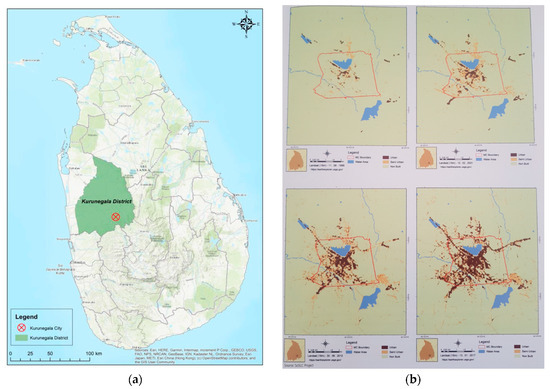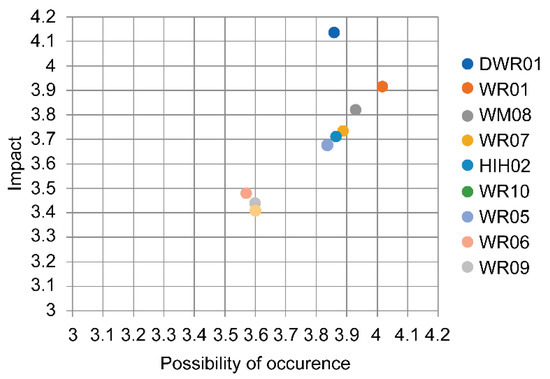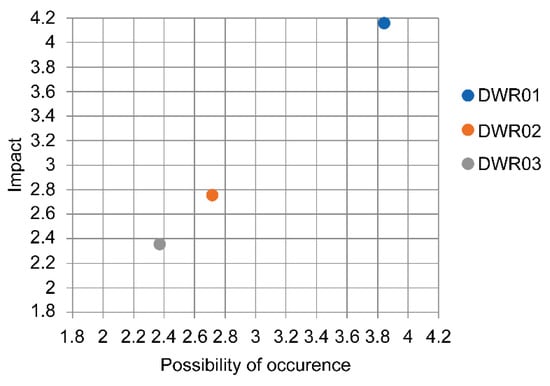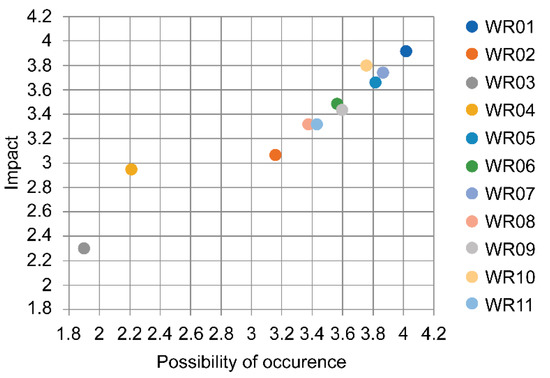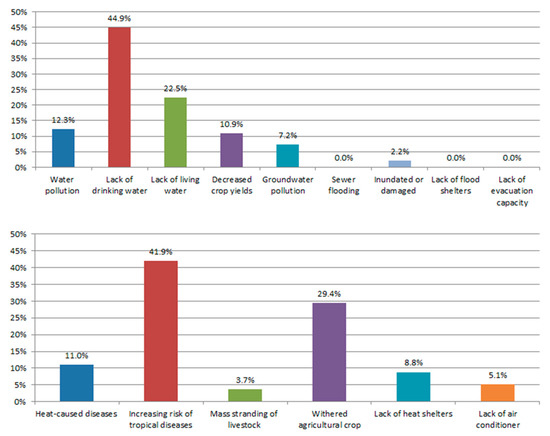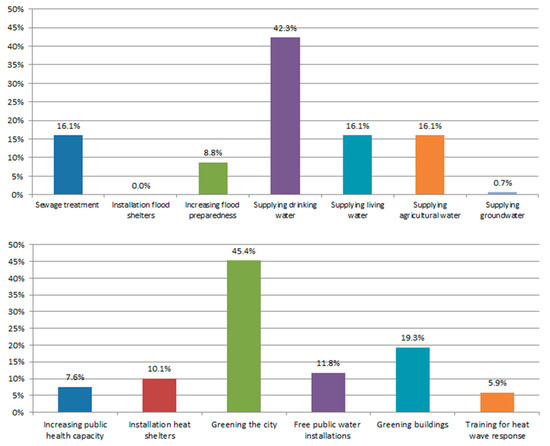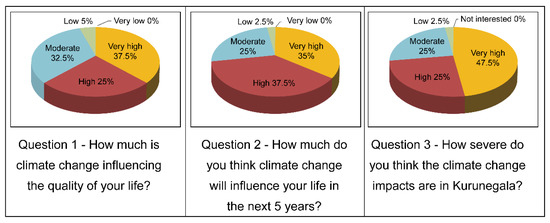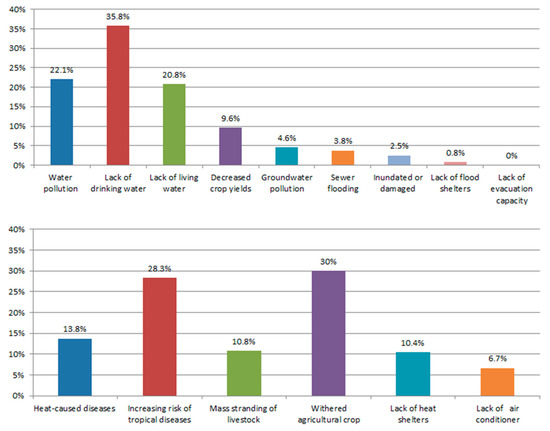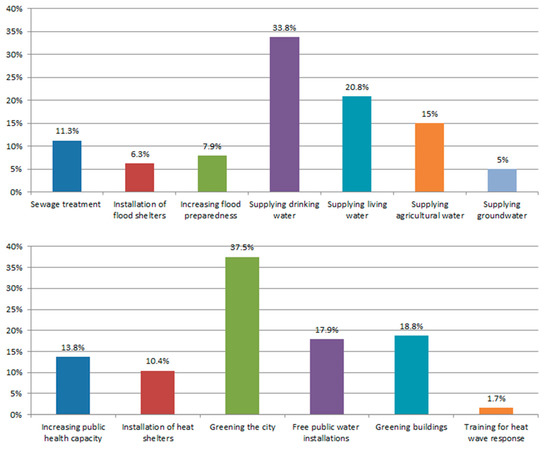Tackling the water crisis
https://www.sundaytimes.lk/230827
Somewhere in the Anuradhapura district, women carrying clay pots are trudging in search of water. This is the worst-affected district in terms of the current water shortage.
The other areas affected by the dry spell are reportedly Ratnapura, Trincomalee, Puttalam, Kurunegala, Jaffna, Mannar, Mullaitivu, Vavuniya, Badulla and Moneragala. Often women bear the brunt of any drought, walking for several kilometres in search of water for the family’s daily needs.
President Ranil Wickremesinghe, meanwhile, in a recent speech at a school at Nugegoda said that a (serious) water shortage is expected in 20 years and people need to prepare for it.
The water shortage in fact is happening every year and despite this regular occurrence the authorities have not been able to prepare a proper plan to address the crisis. If the answer is yes, there is a plan in place, how do you explain the water shortage and the disorganised water distribution for power and irrigation this time? Thousands of acres of paddy land have been destroyed due to non-release of water for irrigation purposes and even though the water was released last week after rising farmer protests, it was too late to save these fields.
This was the topic of conversation by the trio under the margosa tree. “Niyagaya nisa ape gamey kumburu vinasha wela (Our paddy fields in the village have been destroyed by the drought),” said Kussi Amma Sera.
“Ape gam paththeth me prashnayama thiyenawa. Govin kiyanawa egollange wagawan siyayata panahak vinasha wela kiyala (The same issue is faced in our area where farmers say 50 per cent of their crop has been affected),” noted Serapina.
“Me prashna hinda haal hingayak ethi wewida (Would this mean that there will be a rice shortage this time)” asked Mabel Rasthiyadu.
Agriculture Minister Mahinda Amaraweera has said there won’t be a shortage of rice. Even if there is, imports from India, Sri Lanka’s main rice import source, are not possible this time since India has banned rice exports due to a shortage there.
In a water-related development this week, India successfully landed its spacecraft Chandrayaan-3 on the moon’s surface and has begun exploration for “frozen water (ice)” that could be a resource for future missions.
As I reflected on these issues, the phone rang. Who was calling on this Thursday morning? It was Pedris Appo – short for Appuhamy, a retired agriculture expert who does farming.
“I say, the drought is affecting many sectors in Sri Lanka, in particular rice production and water for consumption,” he said.
“The problem with the authorities is that there is no set plan on an issue that crops up every year – distribution of water resources for human consumption and irrigation,” I said, adding that there is no need for a crisis if a proper plan is in place every year.
“That’s right. For instance, droughts and dry spells have been occurring every year for the past decade and one needs to prepare for them. For example, after this year’s crisis would we have another water crisis next year and, if so, do we have a plan to tackle it (next year)?” he asked.
“Even though water was released from reservoirs for irrigation purposes, farmers whose fields were at the bottom end of the water channels complained that they were not receiving water since only fields at the upper end of the channels were receiving water,” I said.
Admittedly, the authorities were caught napping this time because the drought and dry spells are one of the worst on record. The level of evaporation in the water catchment areas is also higher this time due to the intense heat being experienced in the country, so much so that a heat index has emerged.
According to media reports, the Department of Meteorology has cautioned the public that the temperature felt on the human body is expected to increase in some areas of the Northern, North-Central and Eastern Provinces and the Monaragala District. It was pointed out that prolonged activity or exposure to the sun could lead to fatigue and heat cramps.
Sri Lanka has two monsoon seasons – the Maha (October to January) and the Yala (May to August) during which paddy is grown. Apart from paddy, several other crops including tea have been affected by the drought and arid weather conditions.
One of the arguments put forward by administrators and experts is that farmers didn’t start cultivations on time as proposed by the authorities and the delay led to issues in water distribution.
Experts told the Business Times that farmers should not delay their cultivation at the next Maha season “to ensure the harvest yields could be acquired as per requirements in a bid to overcome the drought weather pattern of (global phenomenon) El Nino”.
The Yala season’s harvest yield is likely to drop as a result of which only 20-40 per cent of the 26,000 hectares affected by the drought will fully recover while the rest will be hard to recover, Peradeniya University Crop Science Senior Prof. Buddhi Marambe told this newspaper.
He said that all stakeholders involved in the cultivation of the next season need to ensure that they get all farmers onboard and ensure cultivation starts together on time with the onset of the rains.
Nearly 40,000 acres of paddy land have been destroyed by the current drought conditions and affected over 30,000 paddy farmers with Kurunegala being the worst-hit area.
Drought and dry spells are a perennial problem and this year’s drought is no exception or surprise. Planners are known to prepare for these emergencies and ensure fair distribution of water for consumption and irrigation purposes. So what went wrong this time? Is it, as explained earlier, that farmers didn’t follow the prepared calendar for cultivation times or was it simply disorganisation on the part of the administrators? There were also reports that despite warnings of the crisis by one ministry, it was not heeded by others.
Apart from these annual disturbances in the proper distribution of scarce water resources, comes the warning of an acute water shortage in the next 20 years.
As I wound up my column, Kussi Amma Sera brought in my second mug of tea saying: “Sir, ada hari rasnei (Sir, it’s very hot today).”
I nodded in agreement and spent some time wishing that this year’s crisis would serve as a reminder to have a proper water distribution plan in 2024, dredge catchment areas that are filled with mud and other sediments so that more rain water can be stored and prepare a forward-looking plan to tackle future shortages.
Read: Climate Change Risk Assessment for Kurunegala, Sri Lanka: Water and Heat Waves




